Nothing sinks that perfect family beach day faster than realizing the water activities you planned are either too intimidating for your youngest or too boring for your oldest. What was meant to be a day of shared joy quickly becomes a stressful balancing act. We created this guide to solve that exact problem. By breaking down water fun into three simple, confidence-building levels, we'll help you pick the right activity every time—ensuring your energy goes into making happy memories, not managing meltdowns.
Level 1: Beginner Water Activities to Build Confidence
For toddlers, preschoolers, or any child who's a little hesitant about the water, these activities are the perfect starting point. The goal isn't about swimming—it's about creating a safe and playful environment where they can learn that water is fun.
At-Home Water Activities
Starting in a familiar place like your own yard removes the pressure of a new environment. It’s a comfortable space where your child can explore at their own pace.
Activity 1: Run Through Sprinklers
A classic lawn sprinkler is one of the best first steps. It puts your child completely in charge of how wet they get. They can choose to dart through the spray for a second or just watch from a distance, which is a perfect, no-pressure way to build confidence.
Activity 2: Splash in a Kiddie Pool
A small, inflatable pool provides a safe, contained space for splashing. It allows toddlers to sit or stand and get comfortable with the sensation of being in the water without the intimidating size of a full pool. For an easy win, bring their favorite bath toys outside with them—the familiar items will help them feel more secure.
Water's Edge Beach Activities
A trip to the beach doesn't have to involve swimming. For a first-timer, the best experiences happen right at the water's edge, letting them get used to the ocean's sights and sounds on their own terms.
Activity 3: Chase the Waves
Encourage your child to play a game of tag with the ocean by chasing the small, foamy waves as they slide up the sand and then running away as they recede. This playful interaction lets them feel the rhythm and energy of the sea in a fun, non-threatening way.
Activity 4: Dig in the Wet Sand
Focus their attention on an activity near the water, like digging where the sand is wet from the waves. This allows them to get their hands and feet wet and feel the cool temperature of the ocean without the commitment of going in.

Level 2: Intermediate Water Activities for Growing Skills
If your child is a confident swimmer, these intermediate activities will help them build new skills and explore the water in a whole new way.
Fun Skill-Builders in the Pool
The controlled environment of a swimming pool is the perfect place to build core aquatic skills in a way that feels more like a game than a lesson.
Activity 5: Go on an Underwater Treasure Hunt
Toss a few dive rings or other sinking toys into the shallow end of the pool. This simple game encourages kids to practice holding their breath and diving down to retrieve objects. It's a fun, low-pressure way to make them more comfortable and confident with going completely underwater.
Activity 6: Practice Creative Water Moves
Encourage them to move beyond simple swimming by challenging them to try some new swimming tricks. Fun moves like underwater somersaults, handstands, or dolphin kicks help them develop better body awareness and coordination in the water. It makes swimming a more dynamic and enjoyable activity.
First Adventures in Open Water
Before taking their skills to a lake or the ocean, a quick safety reminder: constant adult supervision is essential, and a well-fitting life vest is a must in natural waters.
Activity 7: Ride a Bodyboard in Small Waves
In a shallow area with gentle waves, a bodyboard is the perfect tool for a first taste of board sports. It gives kids the exhilarating feeling of being pushed to shore by the water's own power. This is a fantastic and manageable way to build their respect for and confidence in the ocean.
Activity 8: Try Snorkeling in a Calm Spot
Find a calm, clear, and shallow area—a quiet cove at the beach or even your backyard pool is a great place to start. Letting them try on a mask and snorkel for the first time opens up a whole new world. Just learning to breathe while looking at what's beneath them can spark a massive sense of wonder and discovery.

Level 3: Advanced Activity for the Young Explorer
When a skilled young swimmer starts to get bored with the usual pool games, it's time for an activity that offers a completely new kind of thrill.
Activity 9: Explore with an Underwater Scooter
An underwater scooter is a safe, easy-to-use handheld device that gently pulls you through the water. With simple controls, kids can learn to use one in minutes, instantly upgrading any water adventure.
Before their first "flight," it's a great idea to check out our complete parent's guide to family fun with these devices for essential safety tips and creative play ideas.
Upgrade Your Pool Day
In a pool, a scooter adds a whole new layer of fun. Instead of just swimming laps, kids get to feel the unique sensation of gliding effortlessly through the water. It’s perfect for organizing family races, playing a new version of tag, or just cruising below the surface.
Go Farther and See More in the Ocean
The biggest benefit of an underwater scooter shows up when snorkeling. Kids often get tired from kicking long distances, which can cut an adventure short. A water scooter does all the work for them.
This means your family can cover more ground and spend more time actually exploring, all without anyone getting exhausted. It also helps everyone stick together, cruising at the same speed to check out a coral reef or follow fish. Many sea scooters include a camera mount, so you can easily record the amazing sights you discover as a family.
Give Your Child the Perfect Water Day!
From backyard sprinklers to ocean expeditions with an underwater scooter, the real goal is to meet your child at their level. The best water activities are the ones that build confidence, not fear, turning every outing into a positive step forward. By matching the adventure to their abilities, you're not just ensuring they have fun—you're helping them grow. On your next trip, you can create a memorable and exciting experience that the whole family will cherish long after you've dried off.
FAQs about Kids' Water Activities
Q1: What can we do if I have children at different skill levels?
Start with a group activity everyone can enjoy, like building sandcastles. Afterward, one parent can supervise the more advanced child in deeper water while the other stays with the beginner in the shallows. This allows each child to have fun at their own comfort level.
Q2: Are underwater scooters safe for children?
Yes, with proper adult supervision. Always follow the manufacturer’s age and weight limits for the device. The key to safety is starting in a calm place like a pool and ensuring an adult is watching your child at all times.
Q3: How do I know when my child is ready for Level 2 activities?
Your child is likely ready when they can put their face in the water without fear and can move around on their own in the shallow end. The biggest sign is when their curiosity about swimming and exploring underwater outweighs any nervousness.
Q4: What is the most essential piece of safety gear for water activities?
A well-fitting, U.S. Coast Guard-approved life vest is the most important safety item. It's essential for kids in open water like lakes or oceans, no matter how well they can swim. Remember, inflatable pool toys are not safety devices.
Q5: My child is nervous about trying a snorkel. What's the best way to start?
Start slowly. First, let them wear just the mask in the bathtub to get used to it. Next, have them practice breathing through the snorkel tube while standing up, out of the water. Finally, try putting it all together in a calm, shallow spot.

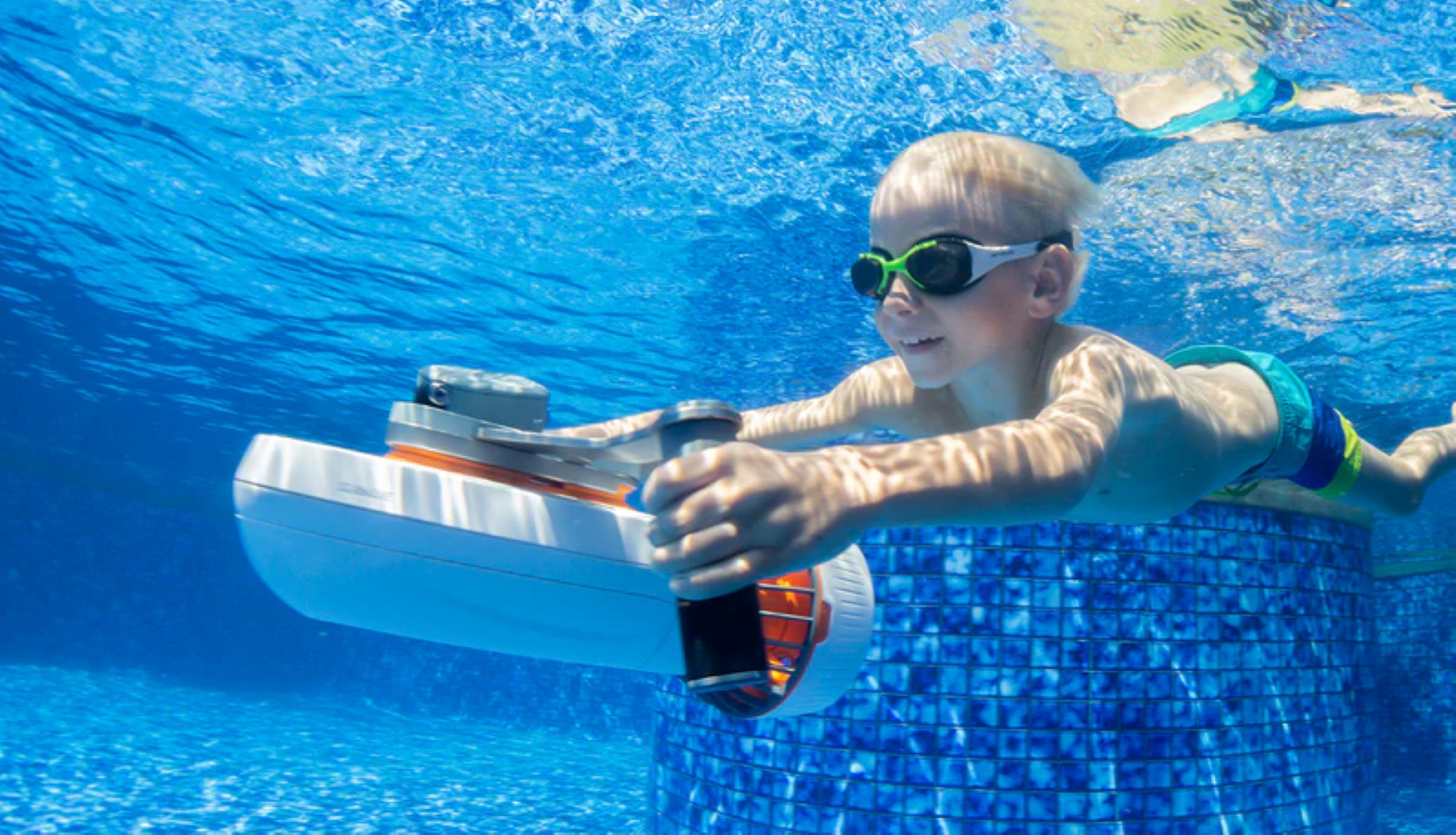


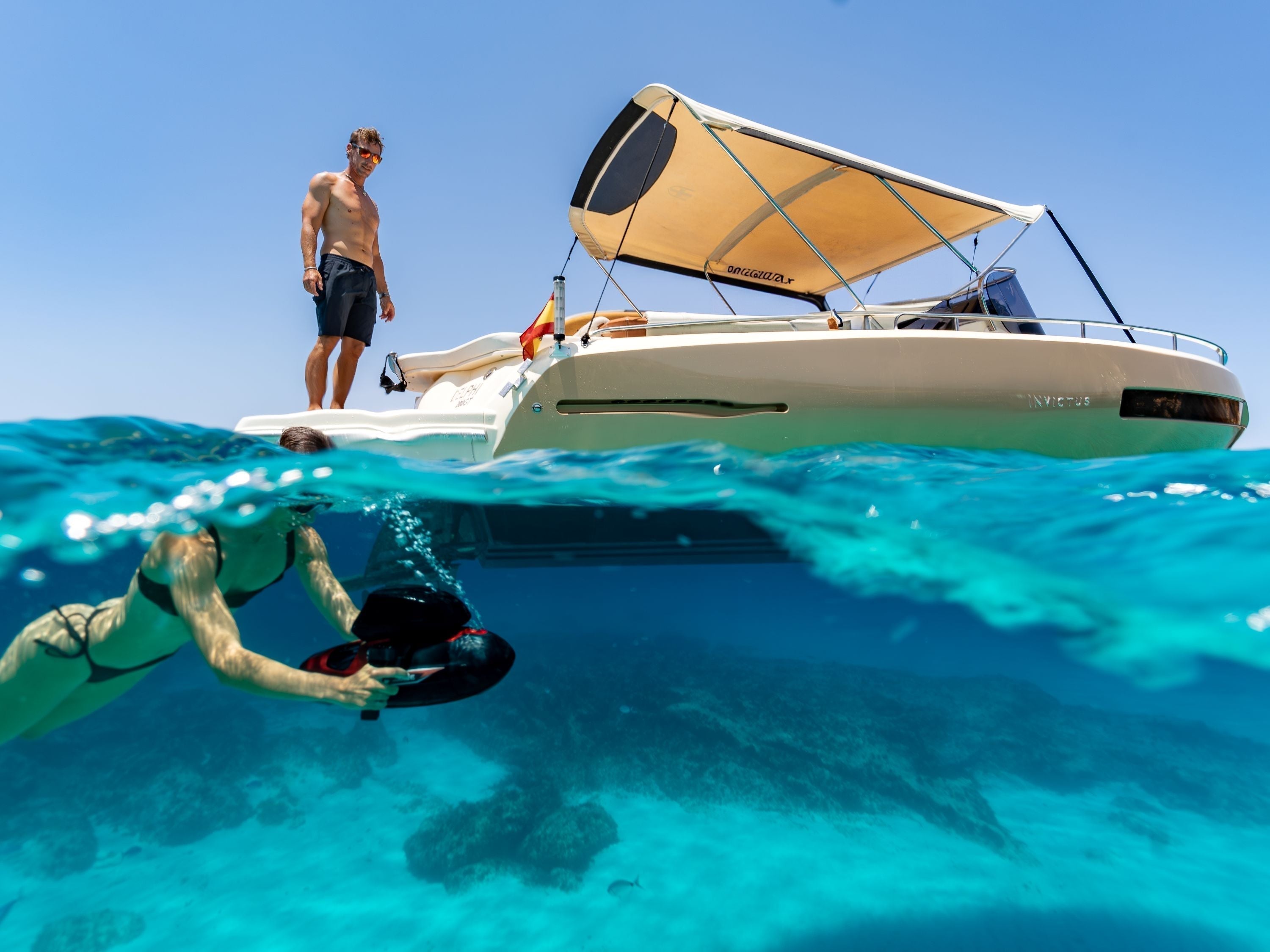
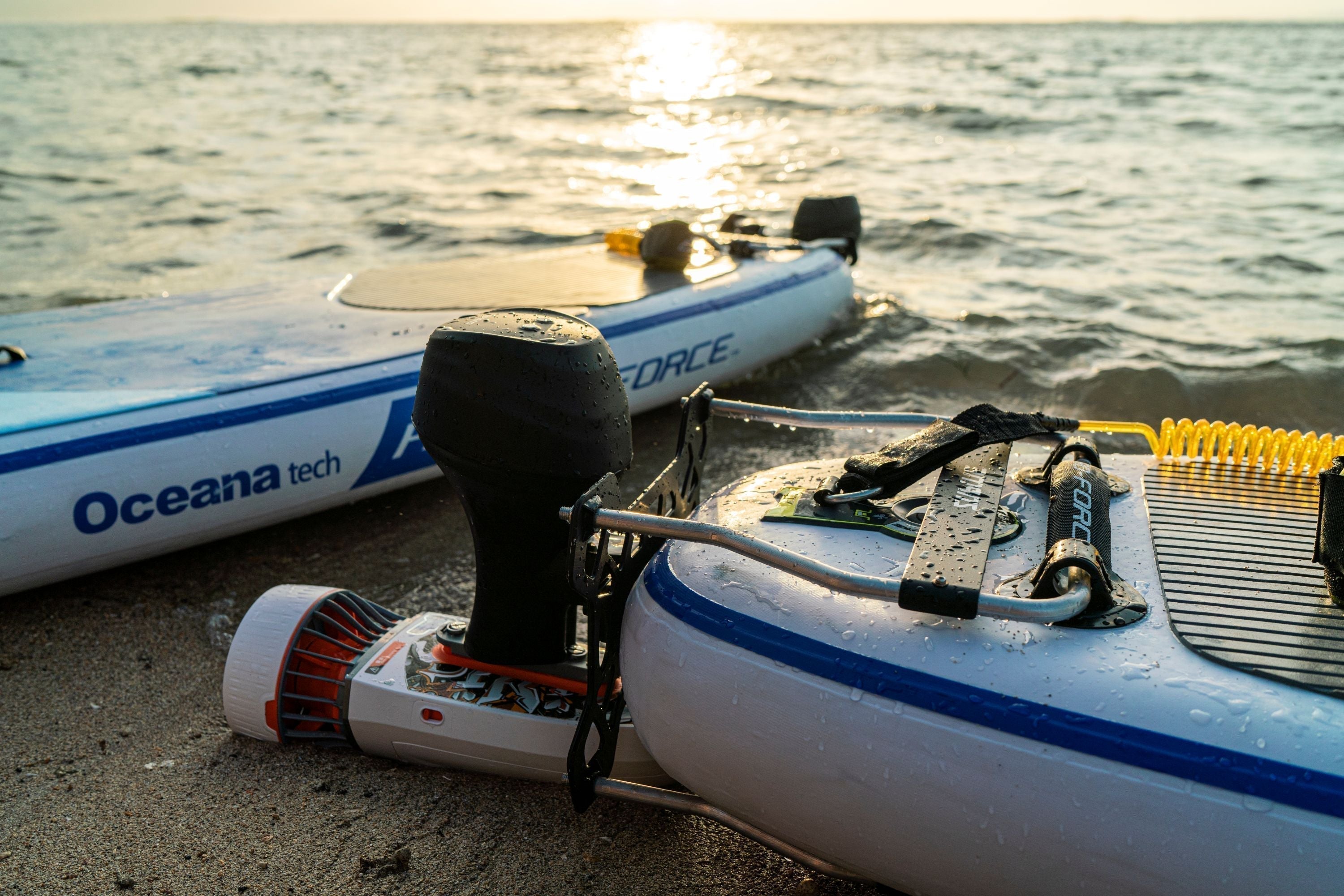
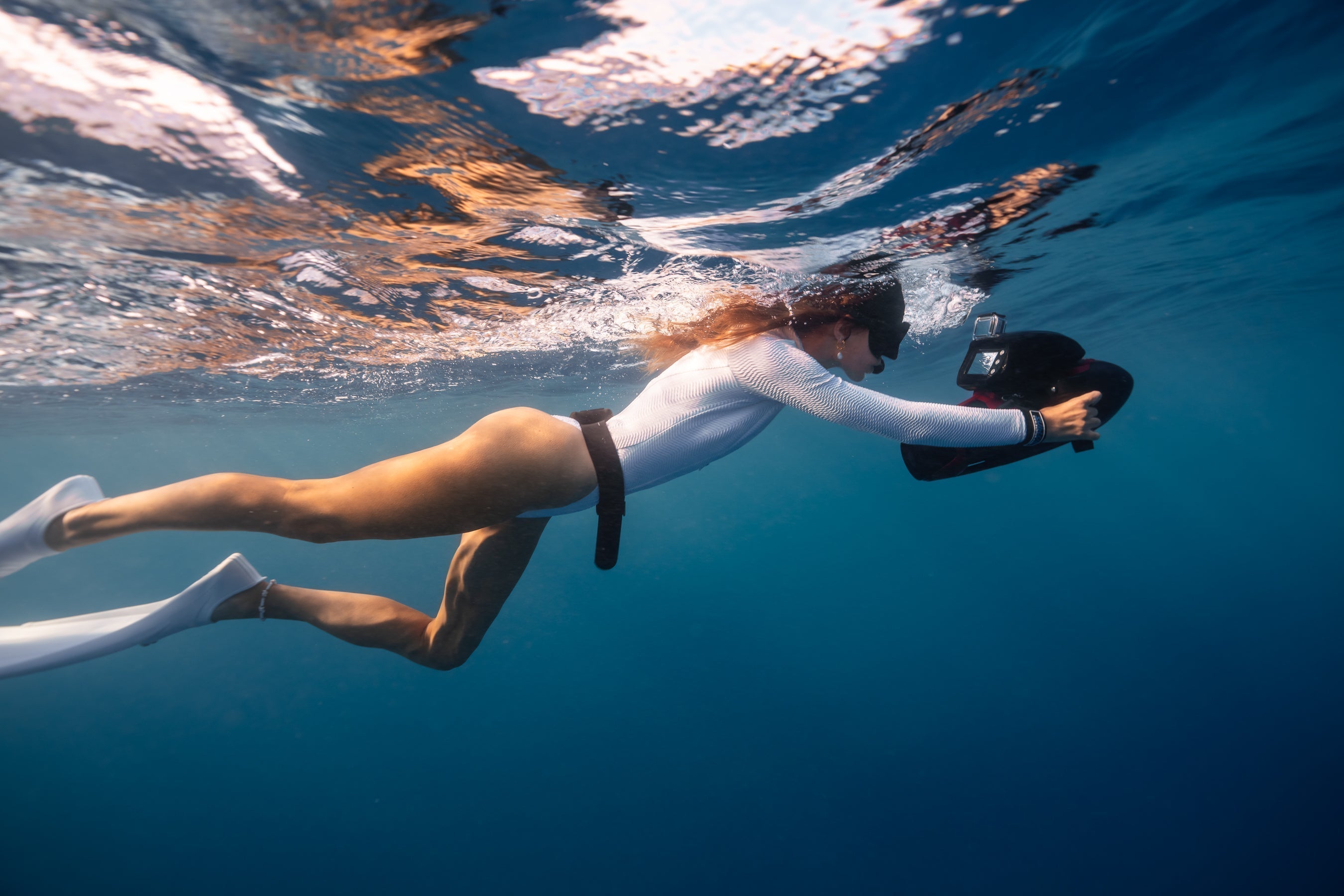


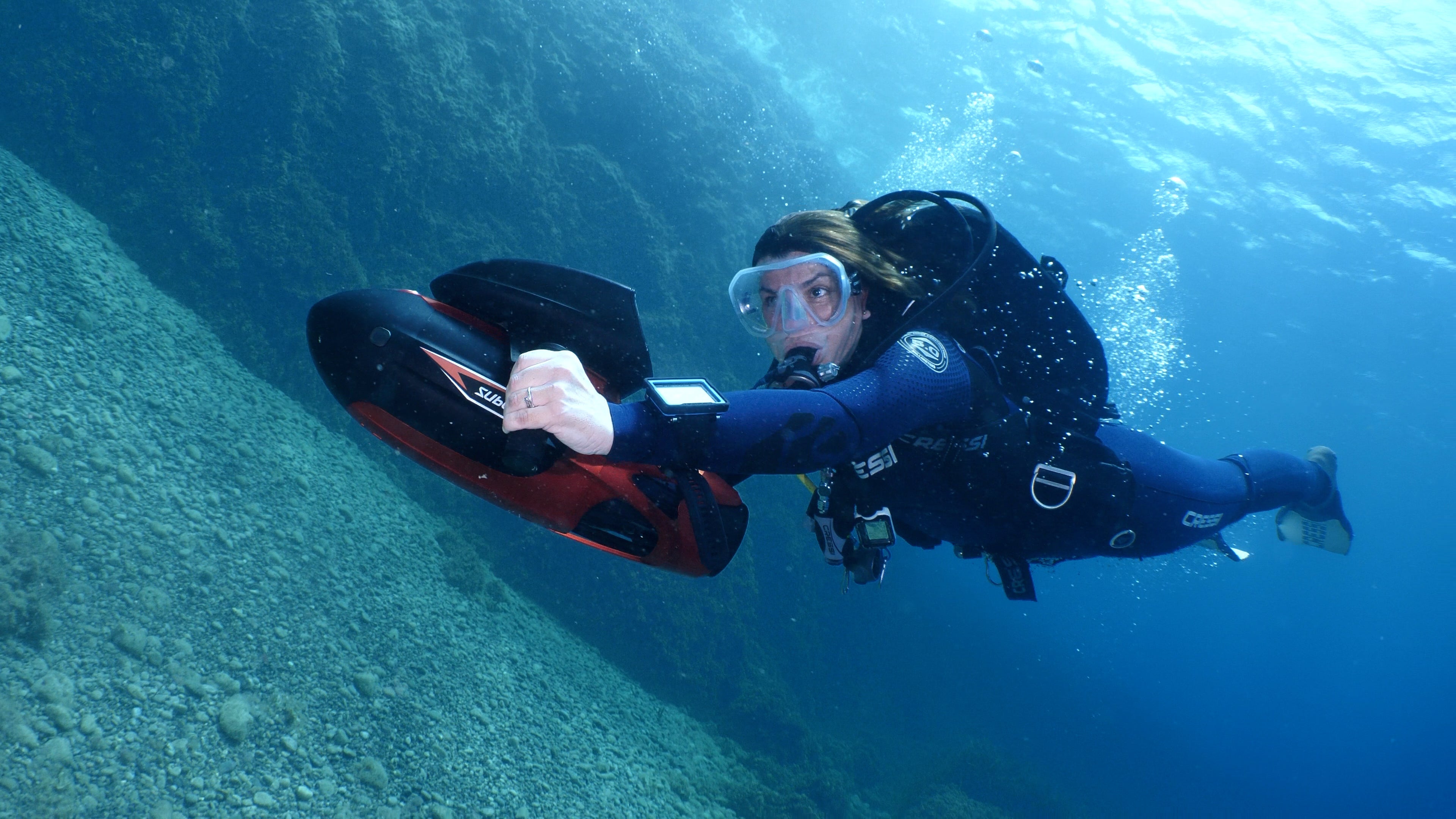
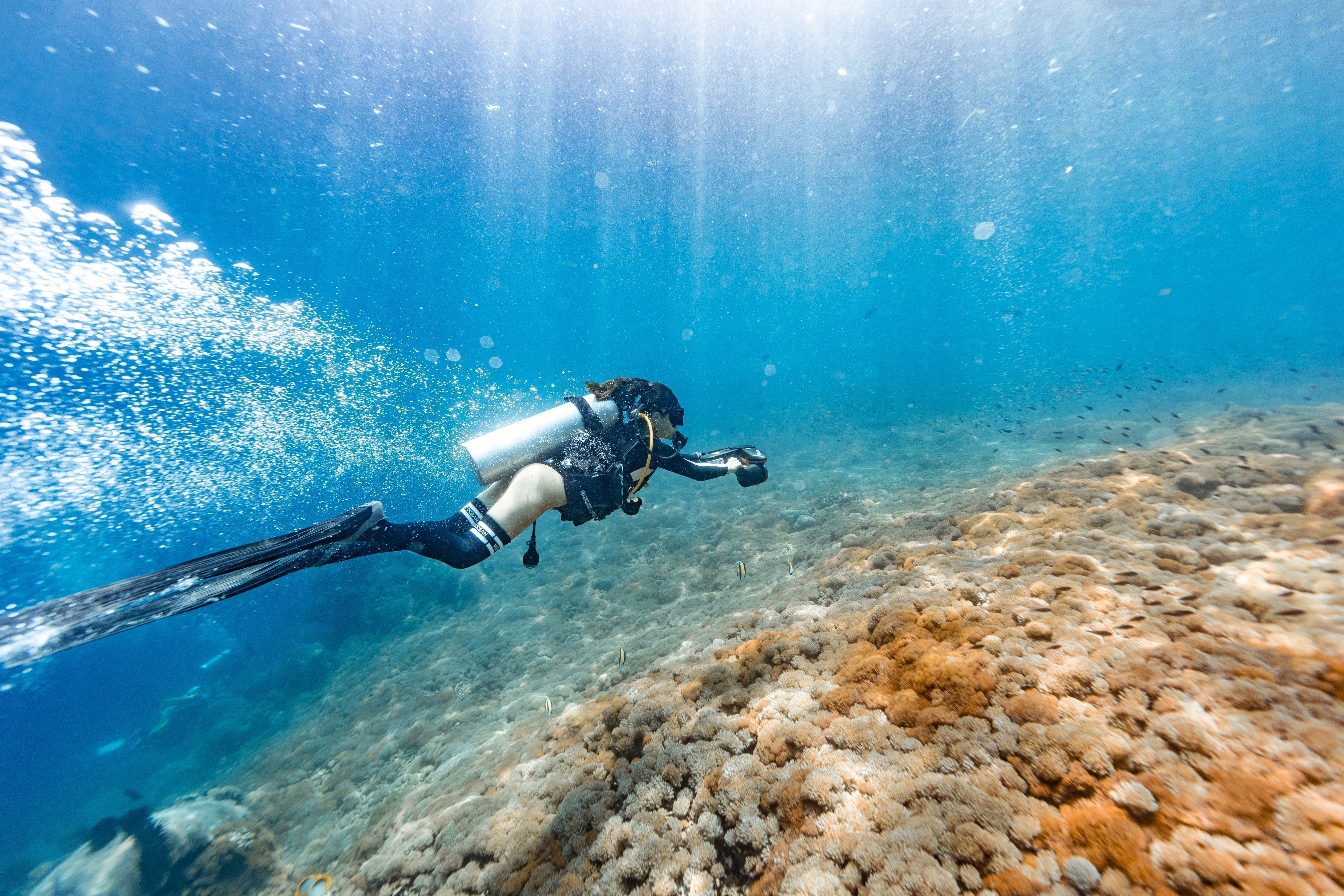
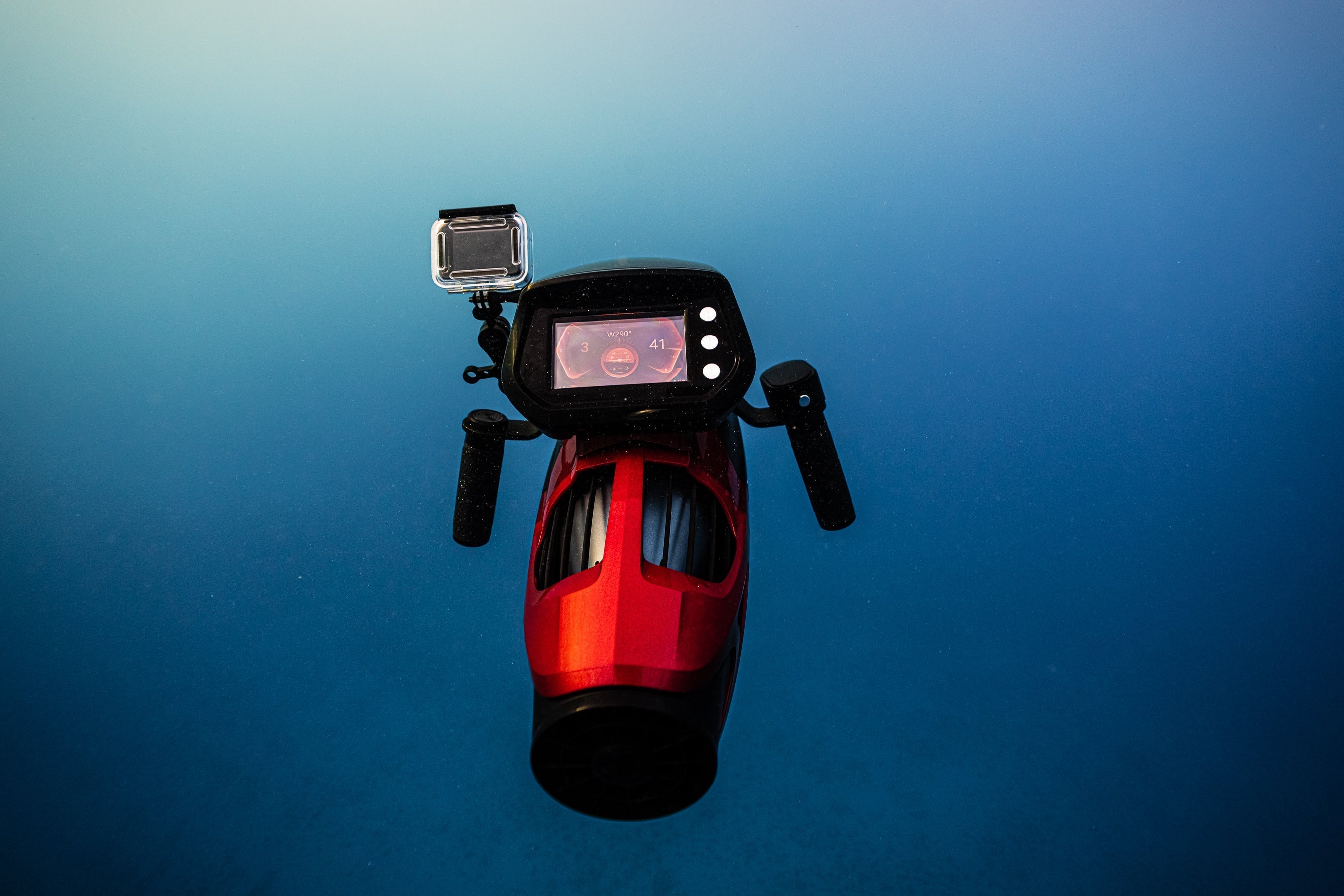
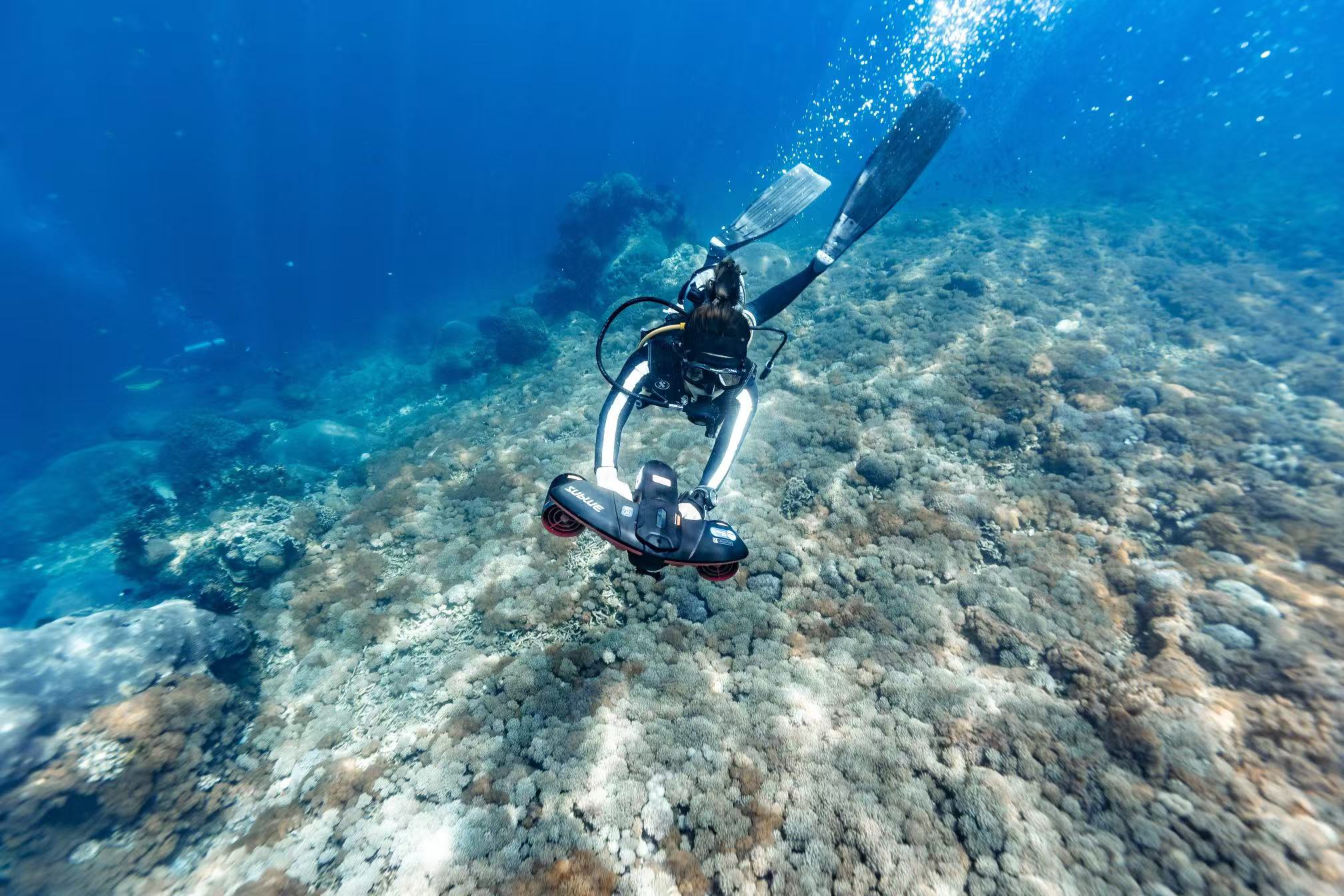
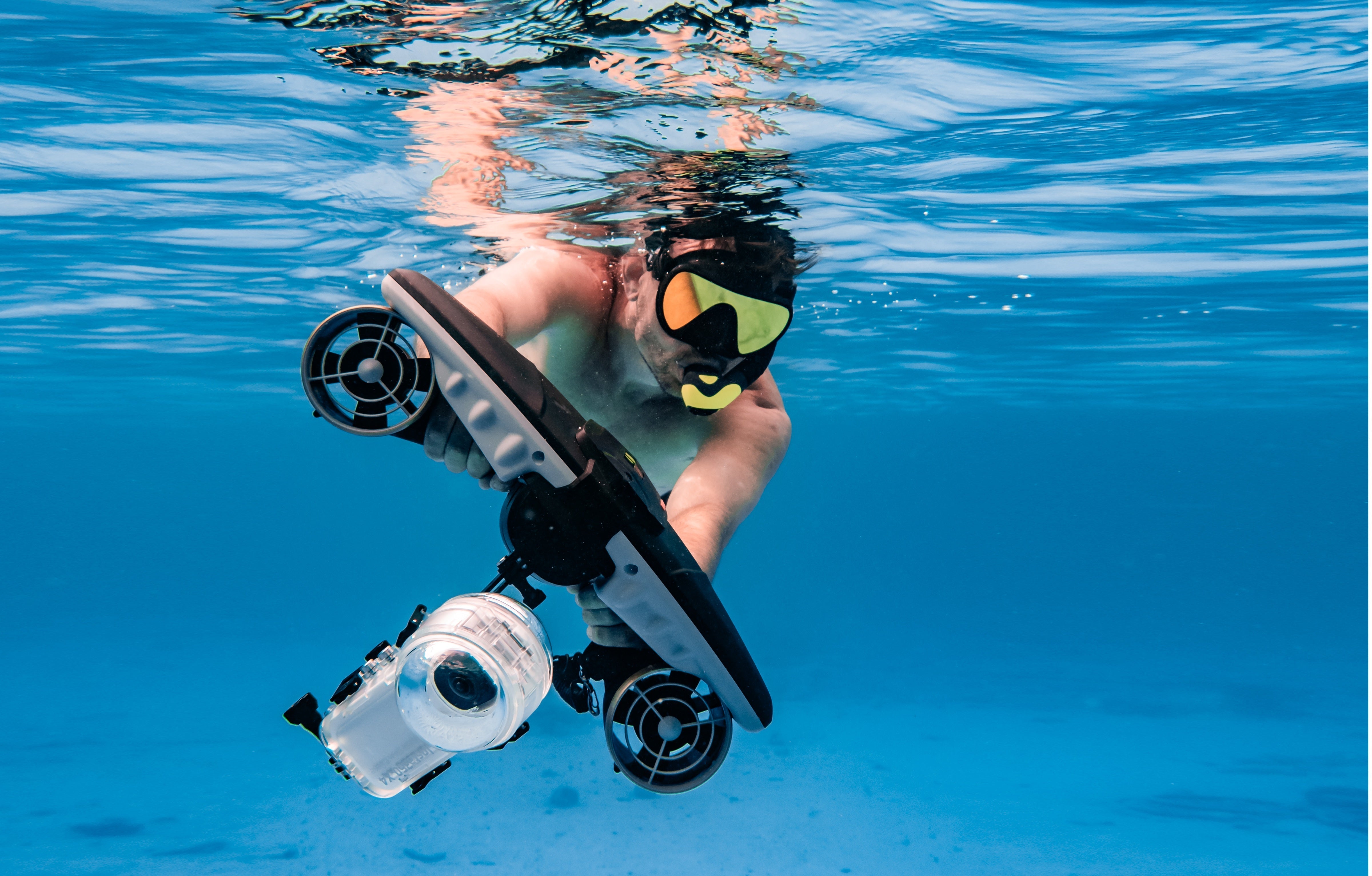
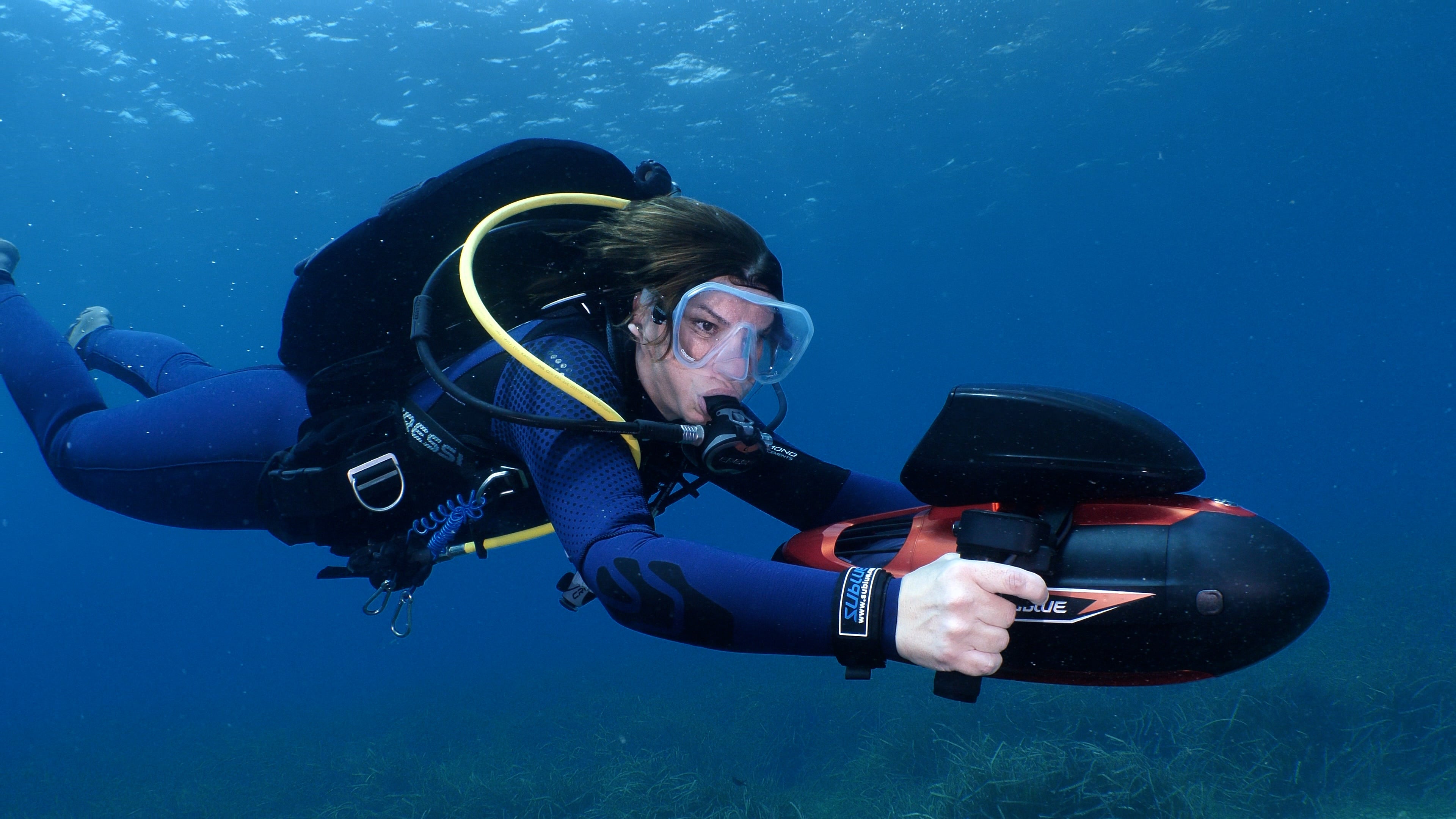
Share:
How to Maximize Efficiency and Safety in Underwater Operations with DPVs
Are Underwater Scooters Worth to Try?